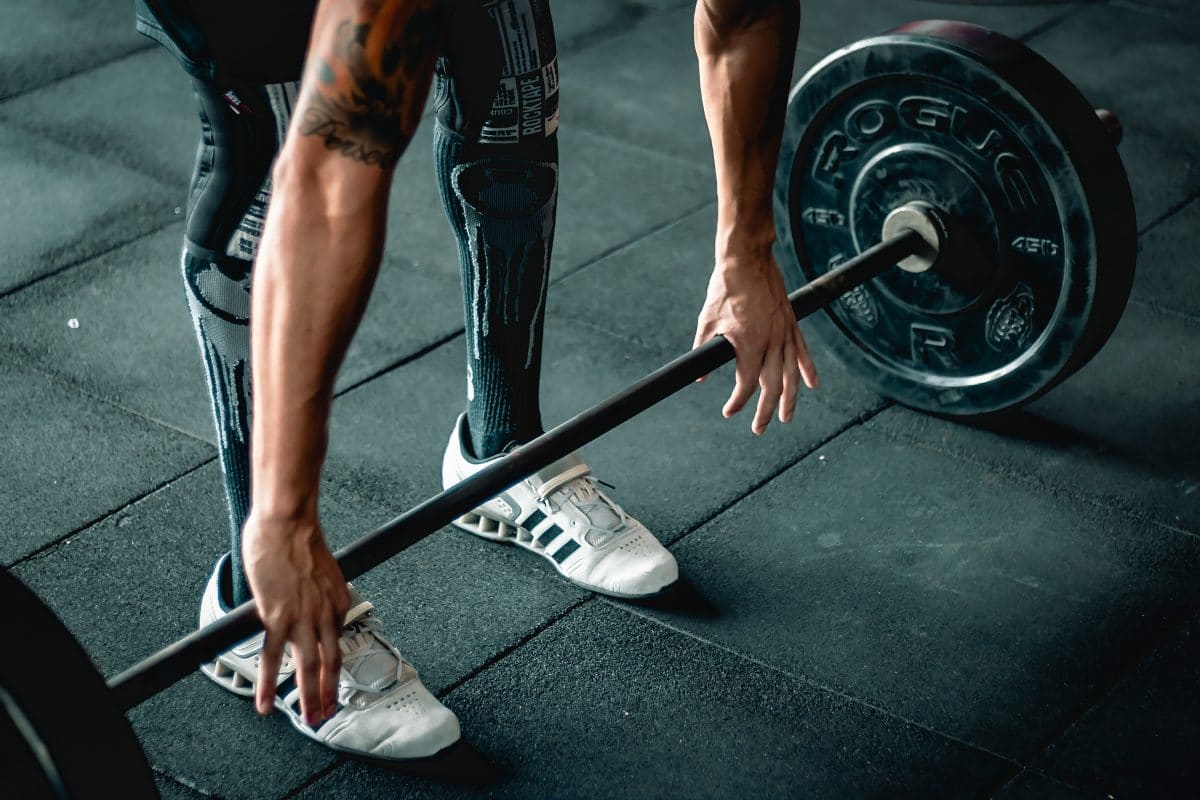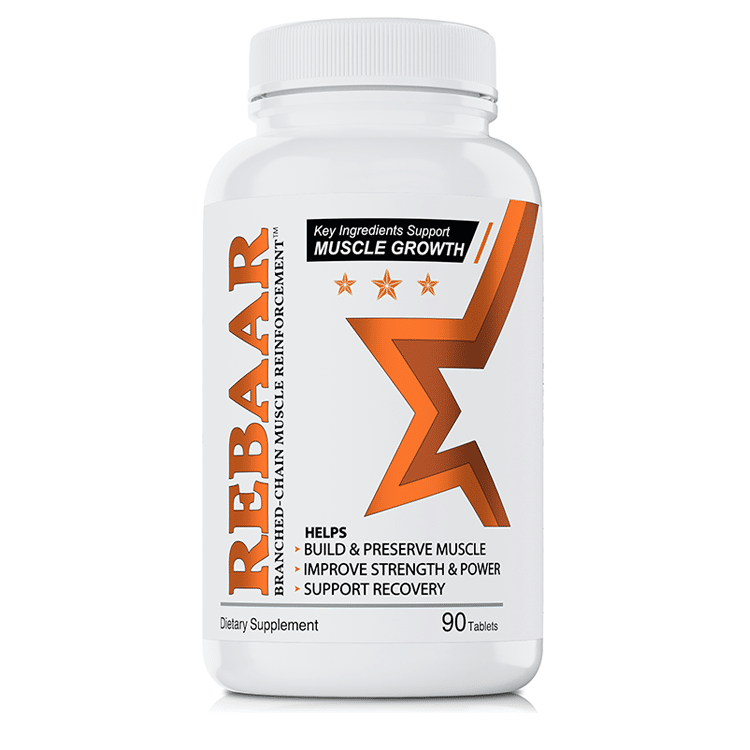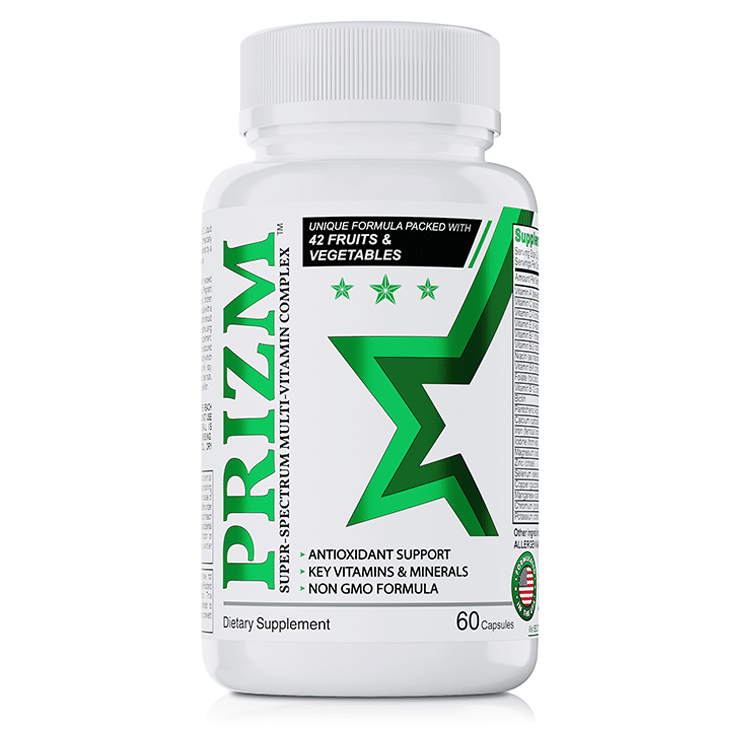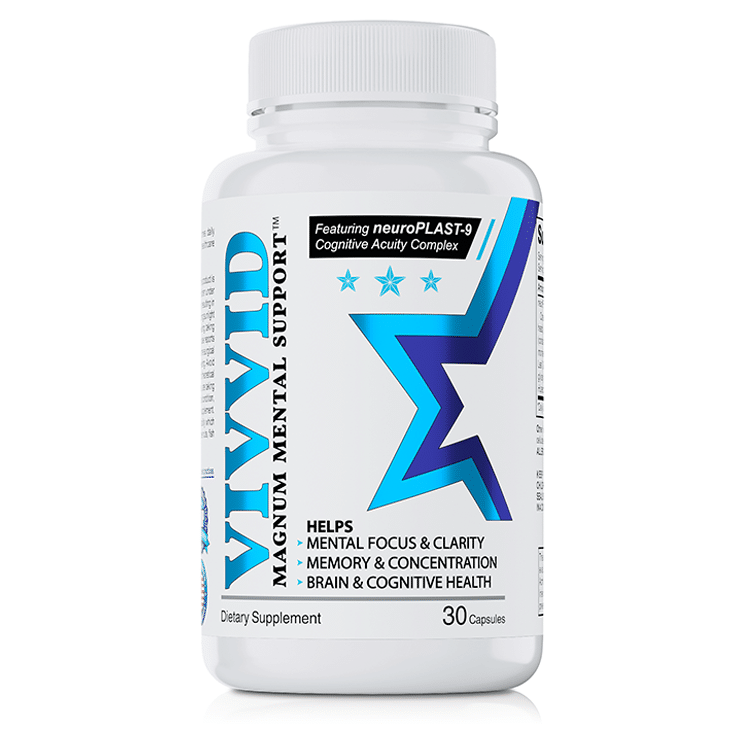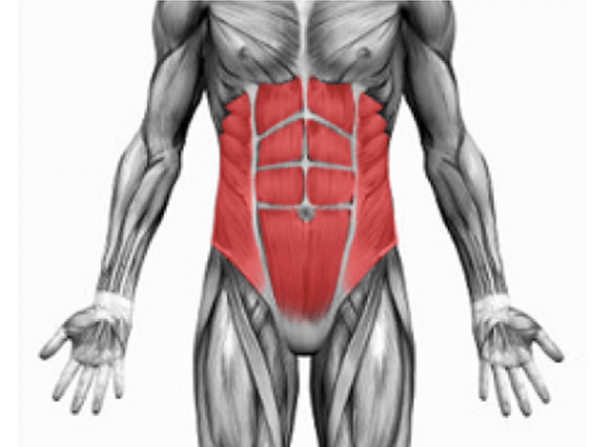FST (Fascia Stretch Training) is a form of bodybuilding training that targets the fascia layer with 7 sets of an exercise performed as the final exercise for a muscle group. It’s highly effective for all stages of bodybuilding, from beginner to advanced, and is considered to be a very flexible training regimen that achieves multiple fitness goals.
This is a training principle created by Hany Rambod. He’s been using this training principle for many years exclusively with his clients to create physiques that win.
The goal of FST-7 is simple. By targeting the fascial layer directly beneath the skin (and above the muscle), stretching the muscle from the inside out by volumizing it, by getting the greatest pump possible while training.
When performed at 7 sets, the fascia muscle stretches the fascial layer to capacity, allowing for greater muscle growth. In theory, the potential of muscle growth depends entirely on genetics and the thickness of the fascia surrounding the muscle. For example, people with a thicker fascia will have a harder time building mass than those with a naturally thinner fascia.
As a two-tiered training system, the first principle is that the stronger a muscle is, the larger it is, which implies that it’s necessary to maintain a certain minimal strength level. From there, it’s important to focus on strength gains, which is followed by natural muscle growth.
The second principal focuses more around the fascia itself. By expanding the fascia through high volume sets (not reps) and pumping as much nutrient-rich blood into the muscle tissues, it helps to further expand the fascia. These 7 sets are performed on a specific exercise, after 2-3 base workouts of only 2-3 working sets with heavier weights and fewer reps.
Which exercises to perform the FST-7 depends entirely on your weightlifting experience. Generally, for beginners, it’s recommended to start with an isolation type of exercise for starters (leg extensions). As you become more advanced, you can start performing FST-7 on compound exercises (squat).
Which exercises are best for the ‘7′ sets?
Some exercises are better than others for this set. Big compound free-weight movements like squats and deadlifts usually are poor choices, for two reasons. One, they involve several other muscle groups and don’t do a good job of isolating a target muscle. Also, they require technique and balancing, which tends to break down if one attempts to perform multiple sets in a short time. Machines are a good choice in many instances, since they keep you in a fixed plane of movement, thus making it easier to isolate a given muscle. Those with selectorized stacks also make it very fast and convenient to increase or decrease the resistance as needed.
Here are some suggested movements that work well:
- Back width: Machine pullovers (Hammer Strength, Nautilus) or cable pullovers
- Back thickness: Seated row machines with chest support
- Chest: Pec deck or pec fly machine*, cable crossovers
- Shoulders: Machine lateral raises with pads – my favorite is made by Bodymasters. Hammer Strength, LifeFitness, and Cybex also produce similar models.
- Quads: Leg extensions, leg presses
- Hamstrings: Seated or lying leg curls
- Biceps: EZ-bar curls, machine curls, cable ‘front double biceps curls’
- Triceps: Cable pushdowns using rope attachment, Overhead cable extensions, Skull crushers (for advanced trainers)
- Calves: Standing and seated raises, calf raises using leg press (alternate between these three)
When should I do my ‘7′?
The best time to do your ‘7′ is as the final exercise for a muscle group. Just don’t want to do it first, as this would take away from your performance on the heavy straight sets that are also a critical factor in building muscle mass. Finishing off a body part with a great pump is something many top bodybuilders have been doing instinctively for years, not knowing that they were expanding their fascia and maximizing growth. It may be tempting to do your pumping sets earlier on if you can’t seem to get any kind of pump going, but I would urge you instead to do something like a set or two of 21’s to get the blood flowing and then proceed with your heavy sets before capping it all off with your ‘7′ set for that body part. Remember, ‘7’s’ are done at the conclusion of each body part, so if you are working multiple body parts in a given workout, you will be doing two or more of these extended pumping sets.
Nutrition
Pre-workout nutrition: Priming the pump
Prior to training, it’s recommended to take in a minimum of two solid-food meals containing both lean proteins and complex carbohydrates. The protein source can be chicken or turkey breast, white fish, or even leaner cuts of red meat such as filet or top sirloin if one is training later in the day. Good carbohydrate sources would be oatmeal, sweet potatoes, or brown rice. These are all slow-burning carbs that will deliver time-released energy, as opposed to fruits and other simple sugars that digest too quickly and can leave you with an insulin crash while training.
Equally important to the food intake is adequate hydration, especially for anyone using thermogenic products. Most of these have a diuretic effect, which means you need to drink a bit more water to compensate for the fluid loss. Notice that it’s water, and not diet soda. Carbonated drinks tend to be too filling, and you end up not drinking enough.
A common question is, “how soon before the workout should your last meal be?” Typically, you want your last meal to end about one hour before your workout begins. The exception would be legs, since heavy leg training is metabolically demanding, the last meal should be a bit earlier – say ninety minutes. These are just guidelines. If you are the type of person who’s starving an hour and a half after a clean meal, you probably don’t ever want to let more than an hour go by from the end of the pre-workout meal to the workout.
During the workout
While training, most will only need plenty of water – roughly a liter. This also depends on your size, how much you tend to sweat while training, and the season. Obviously you’ll need more water in the summer, especially if you use a gym that doesn’t believe in air conditioning, or if you work outdoors. You can sip a high-quality carb drink or a thermogenic drink if you tend to ‘run out of gas’ while training, however this should be in addition to water, not instead of. If you choose to have one of those beverages during your workout, you should also have a water bottle and switch between the two to ensure proper hydration. There’s simply no way you can achieve a great pump if you’re not drinking enough water before and during the workout. The human body – especially our blood supply – is comprised of over 70% water, so you need to have a steady supply to stay hydrated.
*Special note: dehydration is one of the leading causes of fatigue, even if you are consuming enough calories and/or stimulant-containing products.
Post-workout nutrition
15-20 minutes after the end of your workout – if not immediately – it’s important to drink a shake to start the re-compensation and recovery process that ultimately leads to muscle growth. If you’re a hardgainer ectomorph type, don’t be afraid to mix two or more carb sources together, so long as they are high-quality carbohydrates (in other words, nothing overly processed or refined). You can even add in something like fruit juice for flavor and additional simple carbs. If you’re trying to lean out or you just simply gain fat very easily, you’ll want to take it easy on the amount of carbs consumed. Still, always include at least some carbs, except in the case of the final stages of a pre-contest diet for those that are striving to lose the last vestiges of body fat.
1-2 hours later
Roughly a couple of hours later, you should have another solid-food meal that’s similar in composition to the pre-workout meal. For better absorption, keep the fat content low, particularly saturated fats. The timing of this meal will depend on the size of your shake, as well as your appetite. Obviously you can’t eat until you are hungry again. If you are drinking a large shake that is very filling for you, it might take two hours for your appetite to return substantially enough to allow you to eat a solid meal. Conversely, a lighter shake should digest faster and you should theoretically be ready to eat just an hour later. Also note that there tends to be more bloating and gas associated with lower-quality grades of protein powder. They tend to taste good, but contain large amounts of lactose. Do yourself and your loved ones a favor and spring for the good stuff.
Round up
FSC-7 has been used by some of the greatest physiques in bodybuilding and powerlifting history, most notably by Mr. Olympia winners Jay Cutler and Phil Heath. The success of this program is largely contributed by the bodybuilder’s or athlete’s individual genetic predisposition, but it's highly recommended for those looking to take a new approach to their workout routine. Feel free to mix-and-match the exercises that you perform FST-7 on to find your sweet spot.
